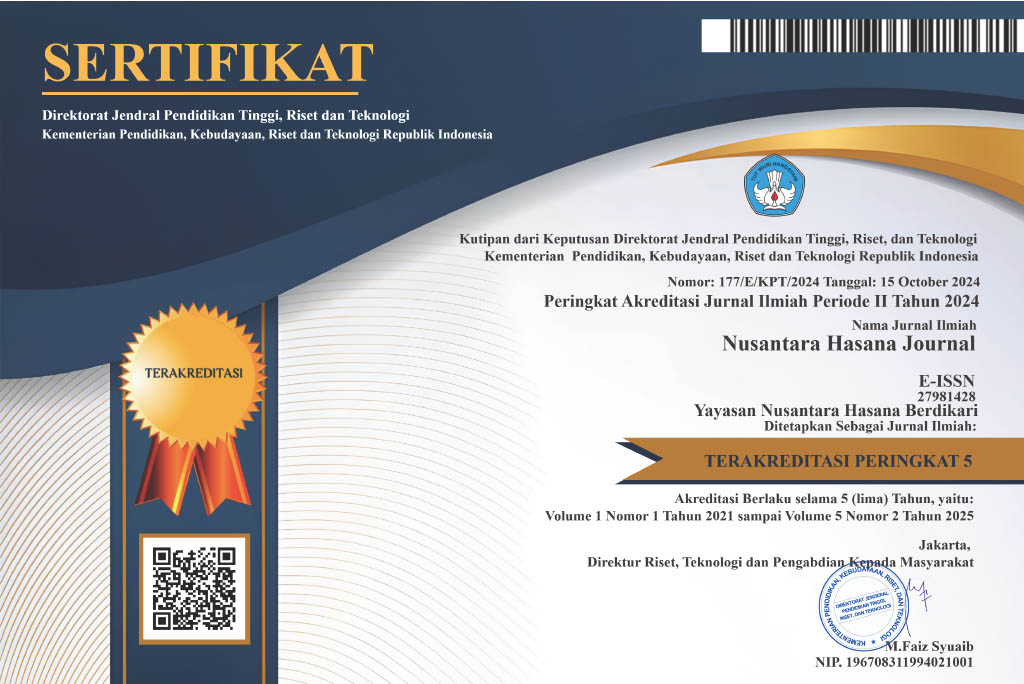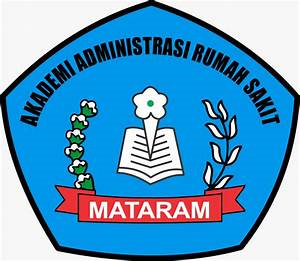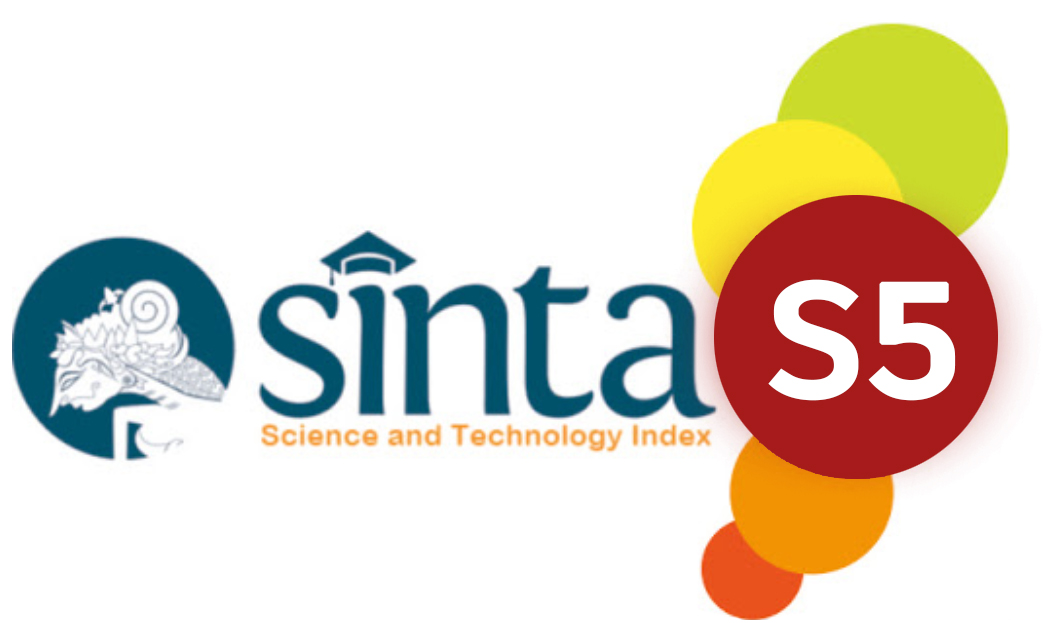PERILAKU MENYIMPANG PADA REMAJA
DOI:
https://doi.org/10.59003/nhj.v3i4.1281Keywords:
Deviant Behavior, Youth, LGBT, Brawls, ExtravaganceAbstract
Deviant behavior is the result of an imperfect socialization process. Among teenagers, deviant behavior is often found. During adolescence, there are changes in brain structure related to emotions, judgment, behavioral organization, and self-control. There are three phases of adolescence, namely early adolescence (10-13 years old), middle adolescence (14-17 years old), and late adolescence (18-24 years old). Adolescents are prone to deviant behavior due to high curiosity, being easily influenced by the environment, wanting to stand out, wanting to be rebellious to parents, relieving boredom and stress, and unstable behavior. Deviant behavior that often occurs in adolescents is promiscuity, LGBT, and brawls. Deviant behavior has religious, social, and health impacts. Therefore, it is necessary to socialize adolescents about this deviant behavior. Socialization carried out in the form of counseling to students.
Downloads
References
Zulkhairi. 2018. Studi Deskriptif Kualitatif: Persepsi Remaja Terhadap Perilaku Menyimpang. J Ners Indonesia, 8 (2): 145-156.
Hardiyanto, S. 2018. Remaja dan Perilaku menyimpang. J Interaksi, 2 (1): 23-32
Wati, W. 2017. Gambaran Persepsi Remaja Terhadap Perilaku Lesbian, Gay, Biseksual, dan Transgender (LGBT) di SMAN 1 Tamansari Kabupaten Bogor. J Riset Kesehatan, 9 (2): 19-25.
Anwar, HK. 2019. Analisis Faktor-Faktor Penyebab Terjadinya Pergaulan Bebas Pada Remaja di Kota Banda Aceh. J Ilmiah Mahasiswa Bimbingan dan Konseling, 4 (2): 9-18.
Downloads
Published
How to Cite
Issue
Section
License
Copyright (c) 2023 Laura Zeffira

This work is licensed under a Creative Commons Attribution-NonCommercial-ShareAlike 4.0 International License.
NHJ is licensed under a Creative Commons Attribution-NonCommercial-ShareAlike 4.0 International License.
Articles in this journal are Open Access articles published under the Creative Commons CC BY-NC-SA License This license permits use, distribution and reproduction in any medium for non-commercial purposes only, provided the original work and source is properly cited.
Any derivative of the original must be distributed under the same license as the original.
























